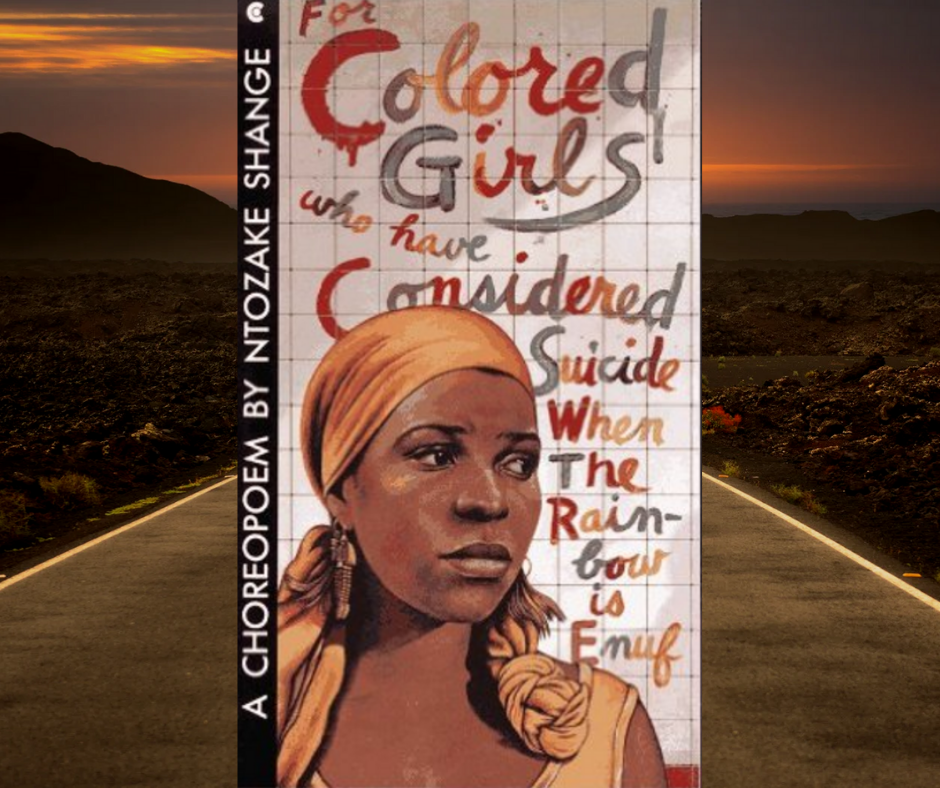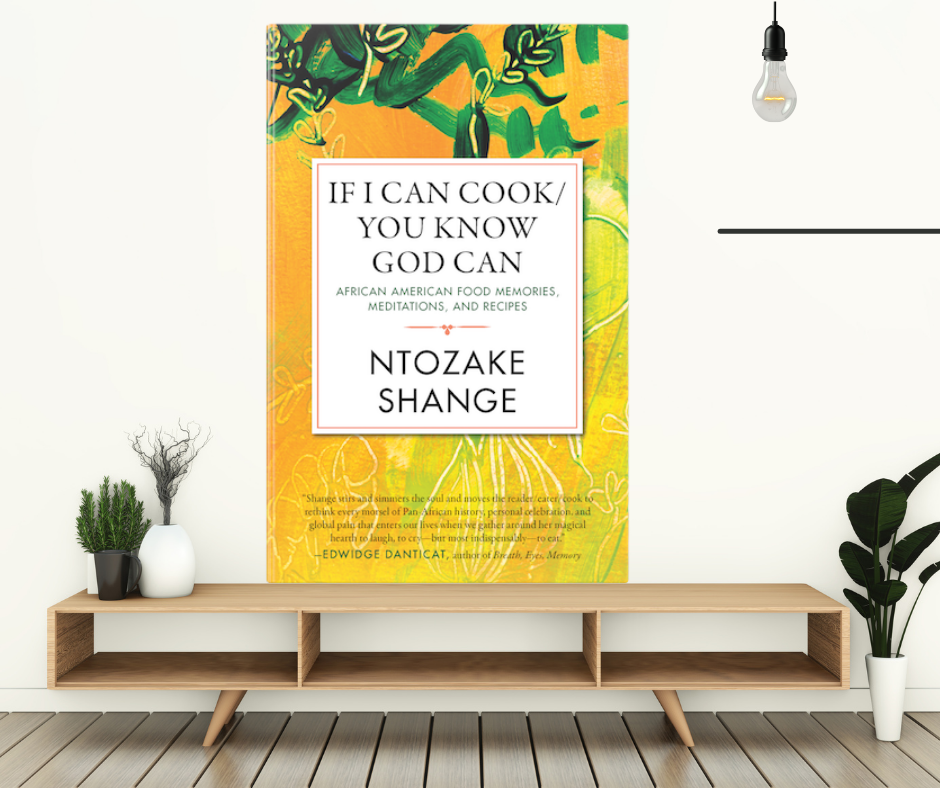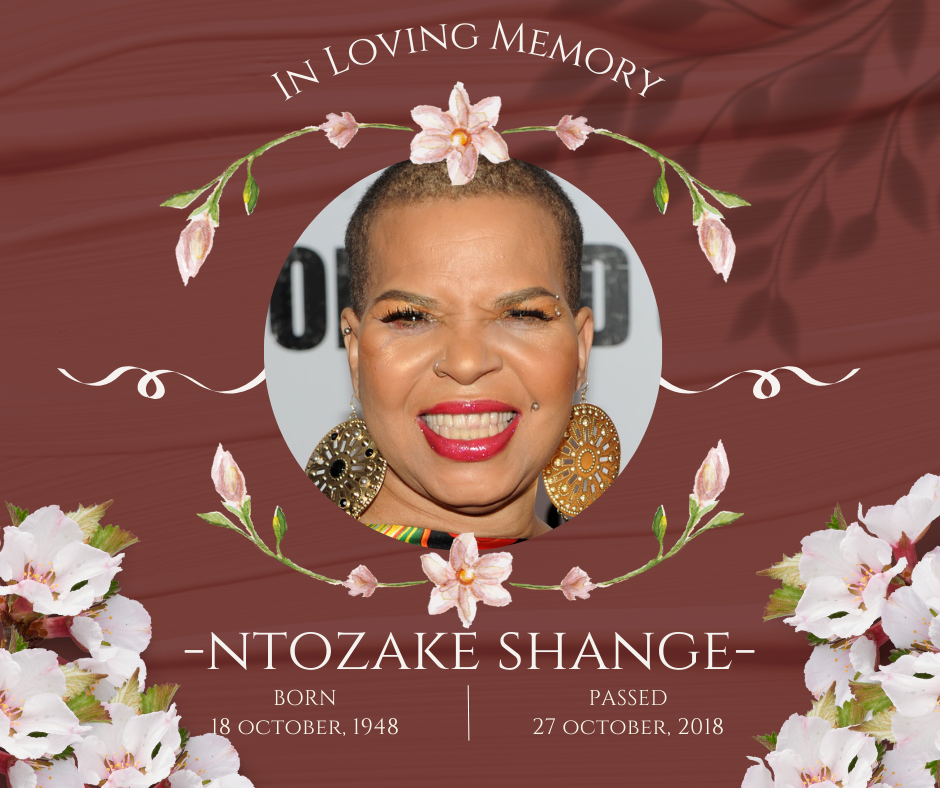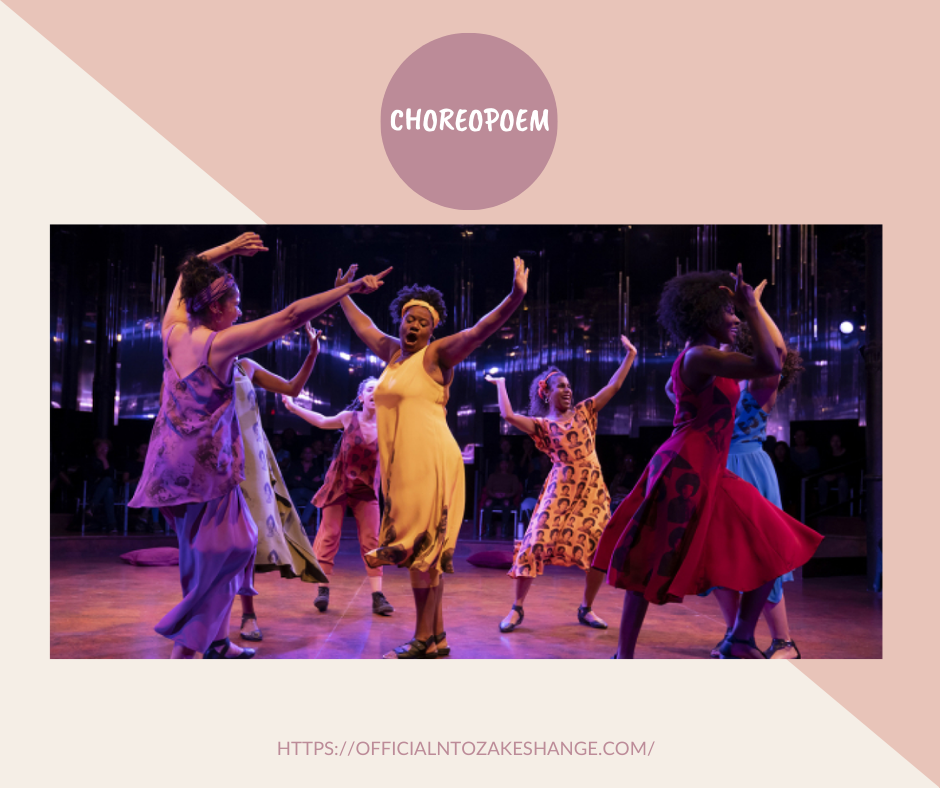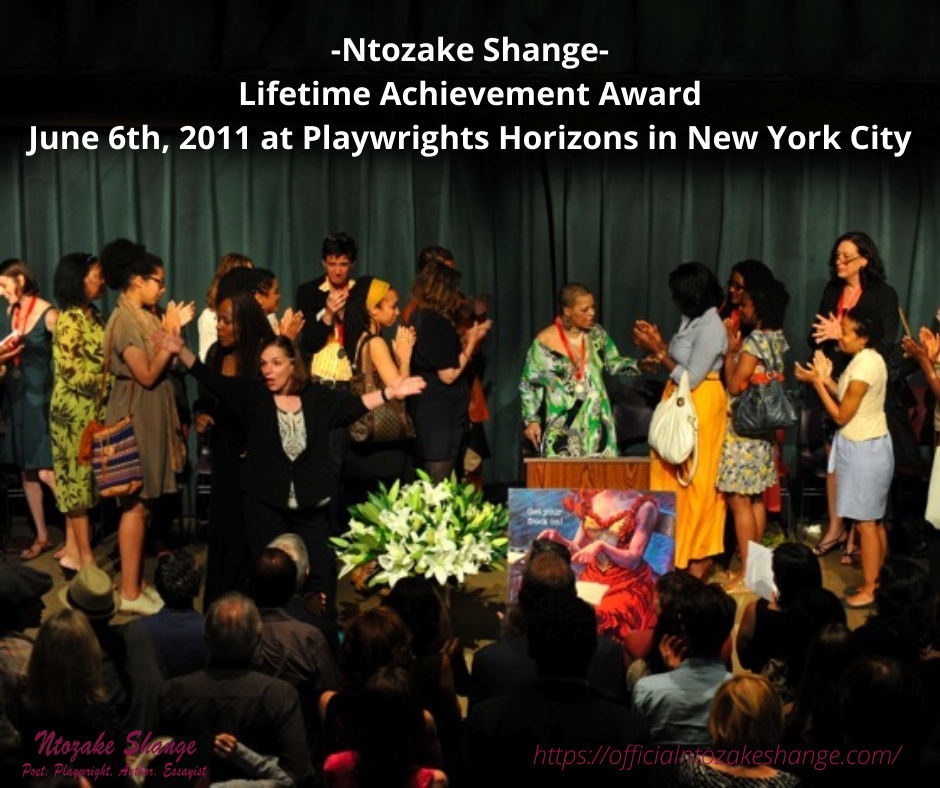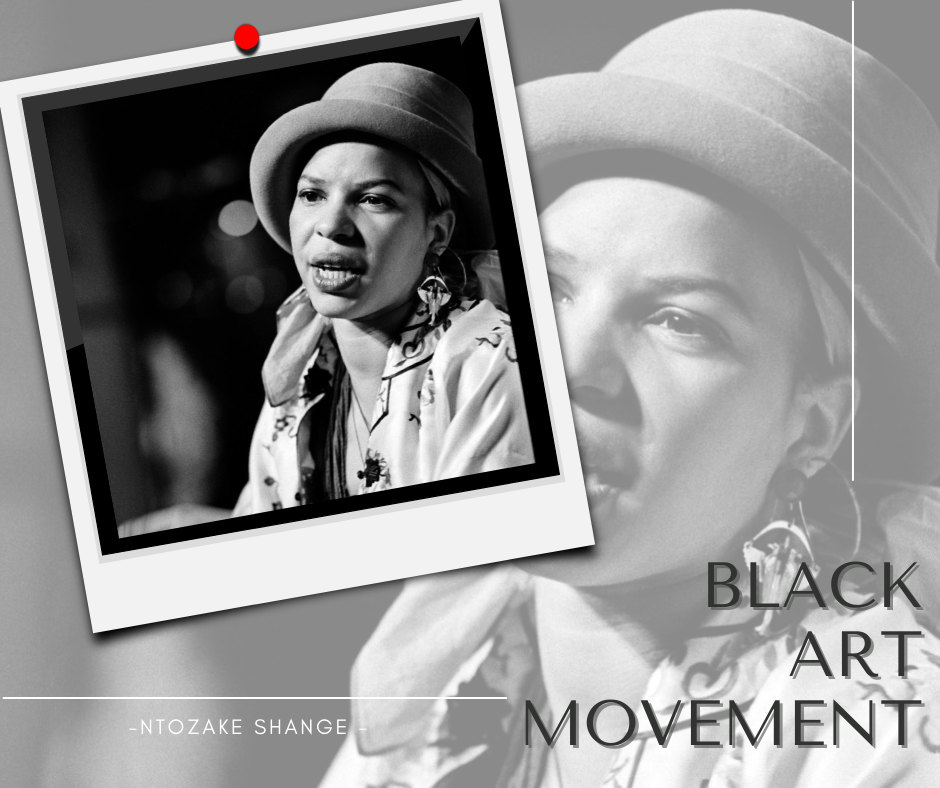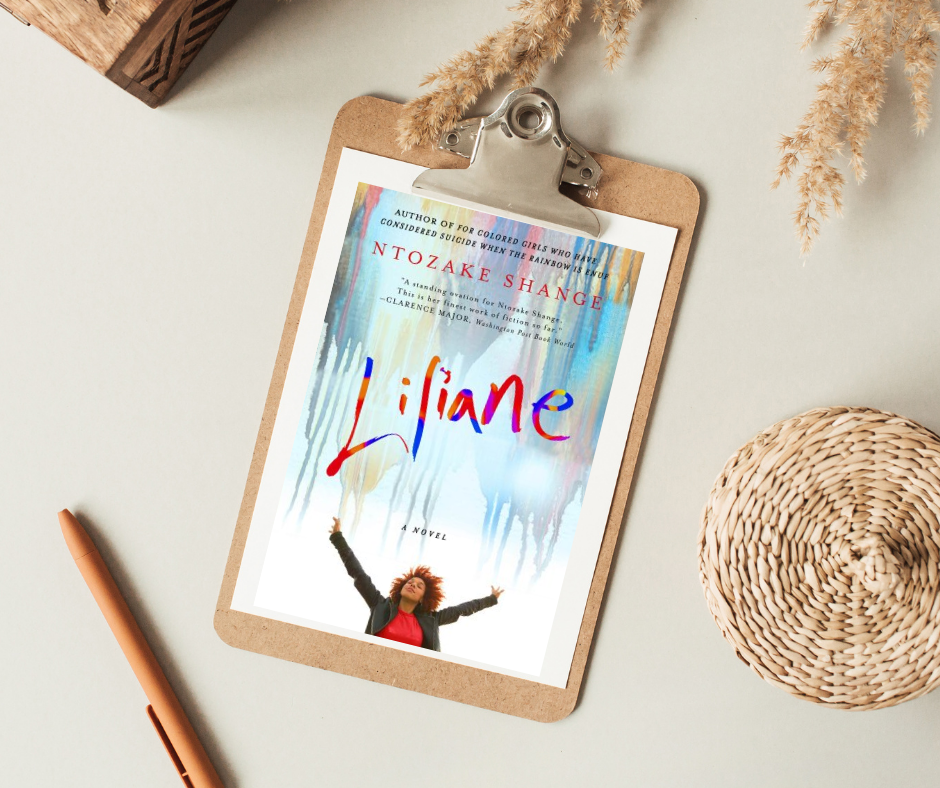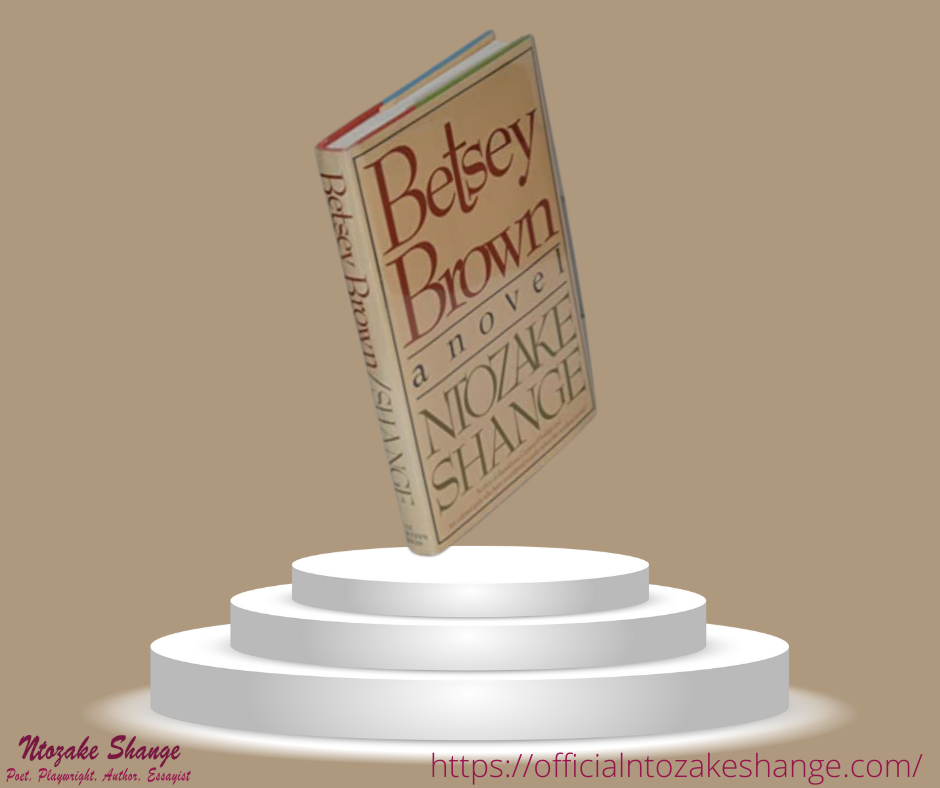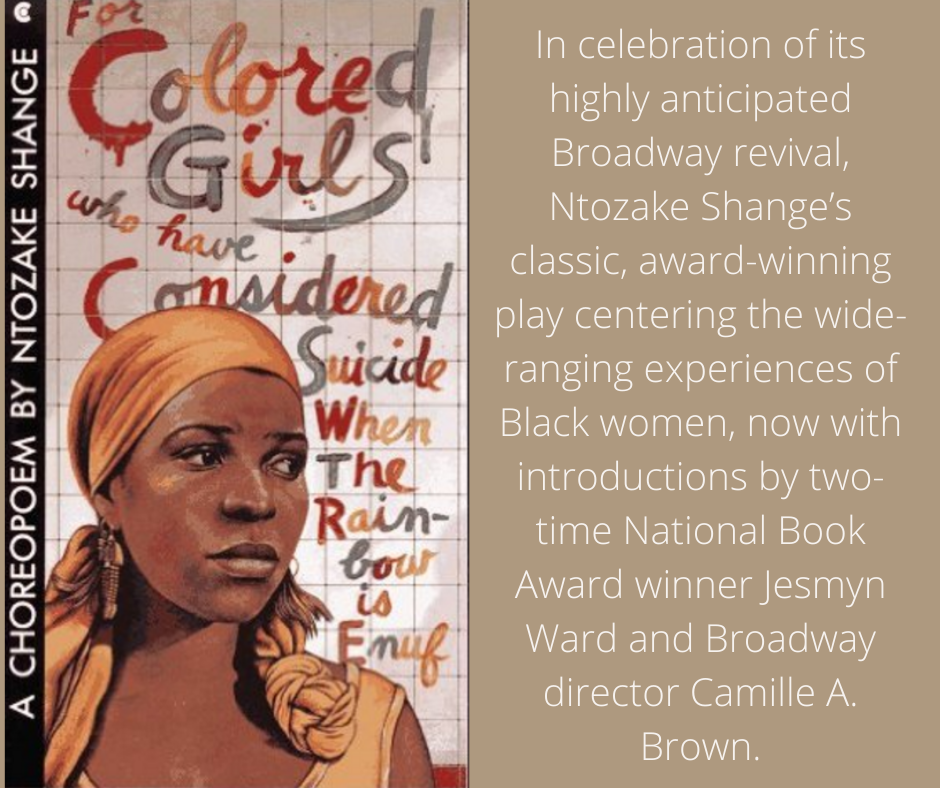The Ntozake Shange’s Poetry: a list of Ntozake Shange’s poems in all her lifetime
Who is Ntozake Shange and how does she write her poems?
Shange’s poetry, like her theatre, is uniquely her own. Her work is an examination of how words can be used to create a unique experience for the reader. She defies written English conventions in her poems by using non-standard spelling and punctuation.
A critic once said “ Shange’s poems arise” from such an intense honesty, from so fresh an awareness of the beauty of sound and of vision, from such mastery of words, from such compassion, humor, and intelligence.” That is one proof of how Shange was so passionate about her vision of writing poems.
Shange’s style in the Times Literary Supplement was also described as: “She lets go with verbal runs and trills, mixes in syncopations, spins out evocative hanging phrases, variations on themes and refrains. Rarely does she come to a full stop, relying instead on line breaks, extra space breaking up a line, and/ or oblique strokes.”
Shange explains the reasons she uses “lower-case letters, slashes, and spelling,” saying that “poems where all the beginning letters are capitalized” bore her, and that “I like the concept that letters dance.” Her unorthodox punctuation assures her that “the reader is not in control of the process.” The structure is tied to the music I hear behind the words.”
Here is the list of Ntozake Shange’s poetry by year.
1976 – Melissa and Smith Bookslinger (St. Paul, MN),
1977– Natural Disasters and other Festive Occasions (prose and poems), Heirs International (San Francisco, CA),
1977 – A Photograph: Lovers in Motion: A Drama, S. French (New York, NY),
1981 – Nappy Edges, St. Martin’s Press (New York, NY), 1978.
Some Men (poems),
1983 – A Daughter’s Geography, St. Martin’s Press (New York, NY),
1984 – From Okra to Greens, Coffee House Press (Minneapolis, MN),
1987 – Ridin’ the Moon in Texas: Word Paintings (responses to art in prose and poetry), St. Martin’s Press (New York, NY),
1992 – The Love Space Demands A Continuing Saga, St. Martin’s Press (New York, NY), 1991.
Three Pieces, St. Martin’s Press (New York, NY),
1994 – I Live in Music, edited by Linda Sunshine, illustrated by Romare Bearden,


